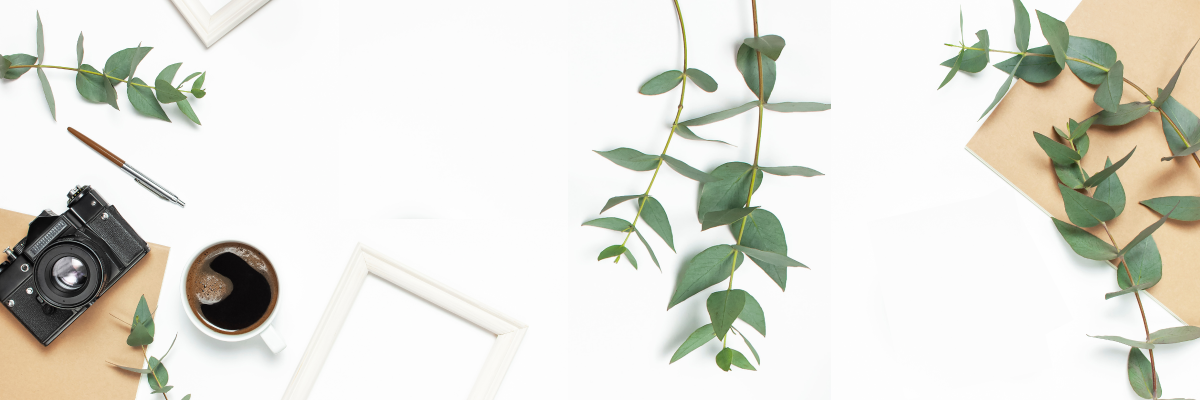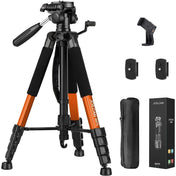When it comes to photography, there are many factors that contribute to creating stunning images. One of the most crucial elements to understand and master is aperture. Aperture not only controls the amount of light entering your camera but also plays a vital role in determining the depth of field in your photographs. In this article, we will delve into the world of aperture and explore how it can transform your images, giving them a professional touch.
What is Aperture?
Aperture refers to the size of the opening in your camera's lens that allows light to pass through to the image sensor. It is measured in f-stops, such as f/1.8, f/5.6, or f/16. A lower f-stop number corresponds to a larger aperture, while a higher f-stop number indicates a smaller aperture. Understanding and controlling aperture is essential for achieving the desired depth of field in your photographs.
Controlling Depth of Field
Depth of field refers to the range of distance in a photograph that appears to be sharp and in focus. By adjusting the aperture, you can control how much of your image is in focus and how much is blurred. This creative control allows you to emphasize your subject by isolating it from the background or capturing a sweeping landscape with everything in sharp focus.
Wide Aperture – Shallow Depth of Field
When you choose a wide aperture, such as f/1.8 or f/2.8, you create a shallow depth of field. This means that only a small portion of your image will be in focus, while the rest will be blurred. This technique is commonly used in portrait photography to draw attention to the subject by blurring the background. The result is a beautiful, dreamy effect that makes your subject stand out.
Imagine capturing a stunning portrait of a loved one, where their eyes are perfectly sharp and focused, while the background gently melts away into a soft blur. The wide aperture helps to create separation between the subject and the background, directing the viewer's attention to the main point of interest.
Narrow Aperture – Deep Depth of Field
On the other end of the spectrum, a narrow aperture, such as f/11 or f/16, produces a deep depth of field. This means that a larger portion of your image will be in focus, from the foreground to the background. This technique is often used in landscape photography to showcase intricate details from the closest flower to the distant mountains.
Imagine standing at the edge of a breathtaking landscape, capturing every detail from the vibrant flowers at your feet to the majestic mountains in the distance. The narrow aperture allows you to bring the entire scene into sharp focus, creating a sense of depth and scale.
Choosing the Right Aperture
Deciding which aperture to use depends on the effect you want to achieve and the story you want to tell with your photograph. Here are a few tips to help you choose the right aperture:
- Portraits: If you want to create a shallow depth of field and isolate your subject, choose a wide aperture like f/1.8 or f/2.8.
- Landscape: For capturing sweeping landscapes with everything in sharp focus, opt for a narrow aperture like f/11 or f/16.
- Group Shots: When photographing a group of people, choose a mid-range aperture like f/5.6 or f/8 to ensure that everyone is in focus.
- Macro: When capturing intricate details of small subjects, use a narrow aperture like f/16 to maximize the depth of field.
Remember, aperture is just one piece of the puzzle. It works in conjunction with other camera settings such as shutter speed and ISO to create a well-exposed image. Experimenting with different combinations of these settings will allow you to unlock endless creative possibilities.
In Conclusion: Harness the Power of Aperture
Understanding aperture and how it affects the depth of field is a game-changer in photography. By mastering this fundamental concept, you can take your images from ordinary to extraordinary. Whether you want to capture stunning portraits with creamy bokeh or showcase vast landscapes in sharp focus, aperture gives you the creative control to tell your visual story.
So, grab your camera, set your desired aperture, and let your creativity flow. Embrace the power of aperture, and watch your photographs come to life!












